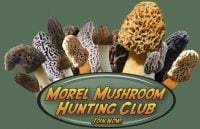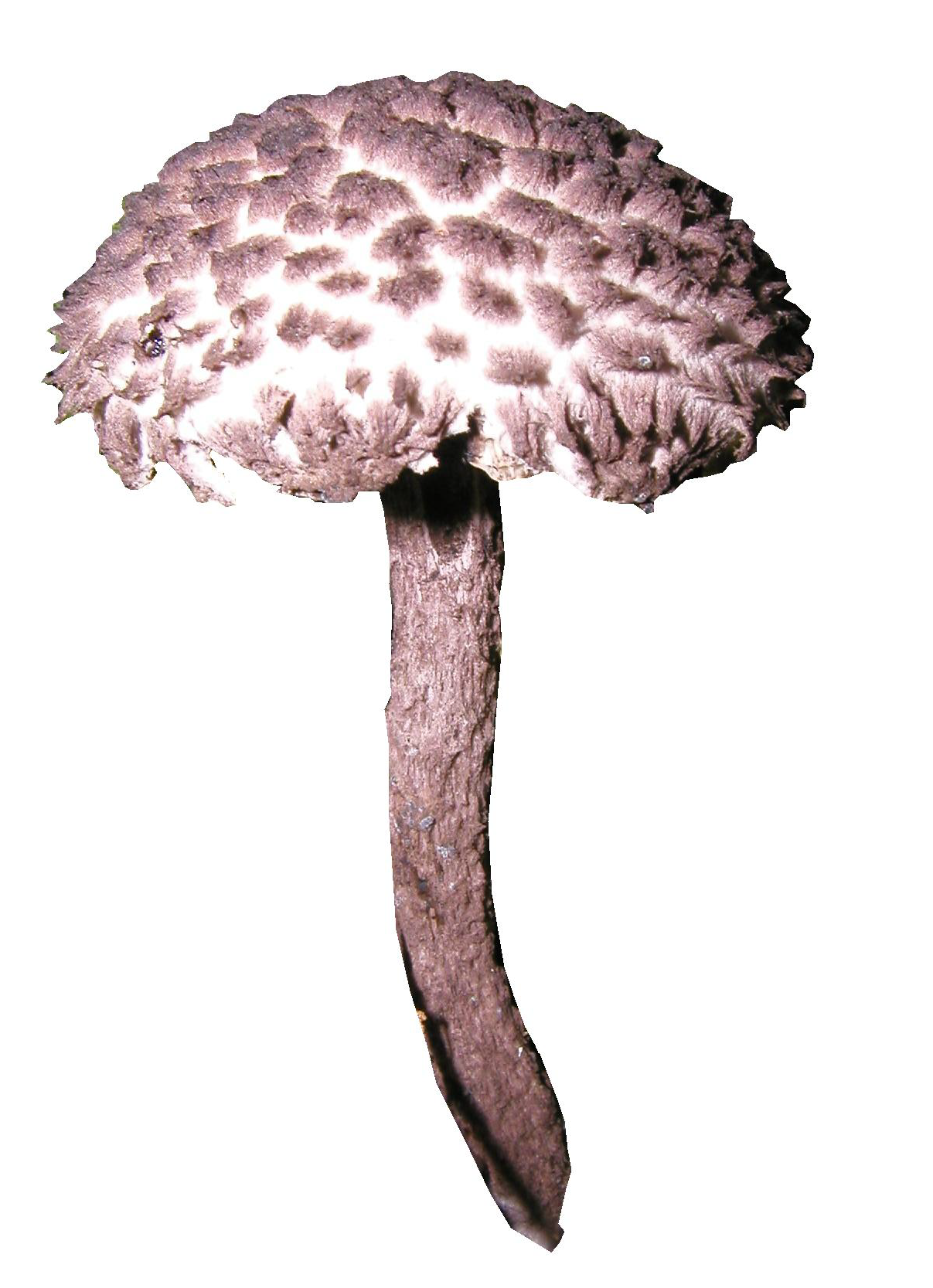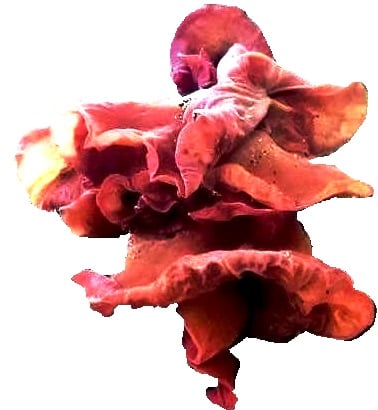Mushroom Species List
(This is a massive work in progress!)
Join The Club Now(for as little as $25)!
Coming Soon:
- Amanitas
- Many more genus
- Many more mushroom types
- Sebacina schweinitzii, (formerly Tremellodendron pallidum) “Jellied False Coral Fungus”
- Devil’s Urn (Urnula craterium)
- Crown Tipped Coral (Artomyces pyxidatus)
- Volvariella bombycina
- Nostoc commune
- Shaggy Parasol (Chlorophyllum rhacodes)
- Common Parasol (Macrolepiota procera)
- Smooth Parasol or Lepiota (Leucoagaricus leucothites)
- Reddening Parasol (Leucoagaricus americanus)
- Rooted Polypore (Polyporus radicatus)
- Fall Brown Polypore (Polyporus badius)
- Brown Spring Polypore (Polyporus arcularius)
- Northern Tooth (Climacodon septentrionalis)
- Corn Smut (Ustilago maydis)
- Hydnellum peckii
- Gilled Polypores
- Crust Fungi
- Gerronema strombodes
- Slime Molds
- Gymnosporangium-juniperi-virginianae (Cedar Apple Rust)
- Parasitic plants with no chlorophyll
- Calostoma (weird)
- Clavariadelphus truncatus
- Coral Pink Polypore Phlebia incarnata
- Mock Oyster (Phyllotopsis nidulans)
- Earth Stars, Bird’s Nest Fungi, and Dead Man Fingers
- Boletes
- Polypores
- Helvella
- Jelly Fungi
- Brick Caps
- Blewits
- Velvet-foot
- Laccaria
- Gypsy Mushroom
- Pholiota
- Pluteus
- Russulas (Brittle-caps)
- Lactarius (Milkies)
- Honey Mushrooms
- Coral and Club Fungi
- Oysters
- Cauliflower Mushrooms
- Hericium (Lion’s Mane)
- Lobster Mushrooms
- Chanterelles and Trumpets
- Cup Fungi
- Puffballs
- Inky Caps (Shaggy Manes)
- Shrimp of the Woods
- Parasols
- Agaricus (Wild Portabellas)
- Tricholomas (Matsutake)
- Hedgehogs
- Cortinarius
- Poisonous Mushrooms
Join The Club Now!
Newly Added Species:
Lactarius paradoxus
Lactarius camphoratus (Candy-Cap)
Lactifluus hygrophoroides
Lactifluus corrugis
Lactifluus volemus
Lactarius deliciosus
Brick Caps
Shrimp of the Woods
Lion’s Mane (Hericium)

Poisonous

Started, in progress:
Blewits
Pluteus
Gypsy Mushrooms
Hygrophorus Russula
Pholiota
Hedgehogs
Parasols
Inky Caps
Agaricus
Puffballs
Chanterelles
Lobsters
Cauliflower
Coral and Clubs
Laccaria
Velvetfoot
Boletes (Mushrooms with pores not gills)

A bolete is a type of fungal fruiting body characterized by the presence of a pileus that is clearly differentiated from the stipe, with a spongy surface of pores (rather than gills) on the underside of the pileus. “Bolete” is also the English common name for fungal species having this kind of morphology.
The boletes are classified in the Boletales; however, not all members of that order are boletes. Recent discoveries in the micromorphology and molecular phylogeny of this group have established that it also contains a large number of agarics, gasteromycetes, and other fruit body morphologies. Similar pore surface is found in polypores, but these species usually lack the overall physical structure of boletes; many have much firmer (often woody) flesh and lack the microscopic characters of boletes.
Generally, the term refers to members of the genus Boletus, but as superficially similar fungi have been placed in other genera, many of them have retained the common name.
Frost’s Bolete (Exsudoporus frostii)
Old Man Of The Woods (Strobilomyces floccopus)
Coming Soon:
King Bolete (Porcini)

Butter Bolete (Boletus auripes)

Two-Color Bolete

Boletus separans

Polypores

Polypores are a group of fungi that form fruiting bodies with pores or tubes on the underside (see Delimitation for exceptions). They are a morphological group of basidiomycetes like gilled mushrooms and hydnoid fungi, and not all polypores are closely related to each other. Polypores are also called bracket fungi, and their woody fruiting bodies are called conks.
Most polypores inhabit tree trunks or branches consuming the wood, but some soil-inhabiting species form mycorrhiza with trees. Polypores and their relatives corticioid fungi are the most important agents of wood decay. Thus, they play a very significant role in nutrient cycling and carbon dioxide production of forest ecosystems.
Over one thousand polypore species have been described to science, but a large part of the diversity is still unknown even in relatively well-studied temperate areas. Polypores are much more diverse in old natural forests with abundant dead wood than in younger managed forests or plantations. Consequently, a number of species have declined drastically and are under threat of extinction due to logging and deforestation.
Polypores are used in traditional medicine, and they are actively studied for their medicinal value and various industrial applications. Several polypore species are serious pathogens of plantation trees and are major causes of timber spoilage.
Chicken of the Woods (Laetiporus)
Hen Of The Woods (Maitake) (Grifola frondosa)
Berkeley’s Polypore (Bondarzewia berkeleyi)
Black Staining Polypore (Meripilus sumstinei)
Beef Steak Polypore
Umbrella Polypore
Rare- “Peach Chicken of the Woods”
Pheasant Back
Resinous Polypore
Cinnabar Polypore
Turkey Tail Mushroom
Soon:
Reishi

Rooted Polypore

Northern Toothed Polypore

Artists Conch

Horse Hoof

Birch Polypore

Jelly Fungus

Jelly fungi are a paraphyletic group of several heterobasidiomycete fungal orders from different classes of the subphylum Agaricomycotina: Tremellales, Dacrymycetales, Auriculariales and Sebacinales. These fungi are so named because their foliose, irregularly branched fruiting body is, or appears to be, the consistency of jelly. Actually, many are somewhat rubbery and gelatinous. When dried, jelly fungi become hard and shriveled; when exposed to water, they return to their original from.
A number of the jelly fungi can be eaten raw; poisonous jelly fungi are rare. However, many species have an unpalatable texture or taste. They may or may not be sought in mushroom hunting due to their taste, which is described as similar to that of soil. However, some species, Tremella fuciformis for example, are not only edible but prized for use in soup and vegetable dishes.
Above: Tree Ear (Black Fungus in Hot and Sour Soup)
Below: Witches Butter (Tremella mesenterica)

Soon: Brown Witches Butter
Black Witches Butter
White/ Translucent Witches Butter

Russulas (Brittle Caps)

Russula aeruginea
Russula parvovirescens
Lactarius (Milkies)

Lactarius indigo
Candy Cap
Other Common Edible Lactarius:
Honey Mushrooms
Oyster Mushrooms
Cup Fungi
Tricholoma
Join The Club Now(for as little as $20)!













































































